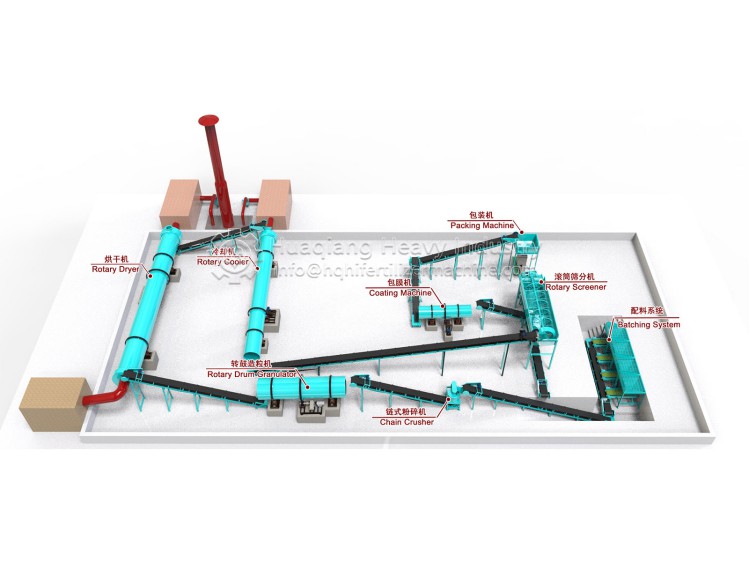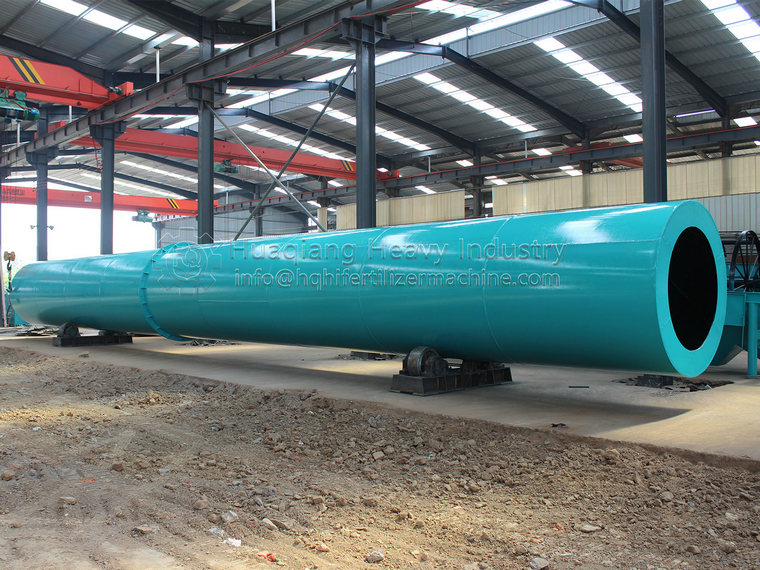Equipment structure and working principle of sheep manure organic fertilizer production line
With the rapid development of large-scale and intensive poultry, duck, pig, sheep, and cattle farming, the environmental pollution problem caused by the concentrated discharge of manure from breeding farms is becoming increasingly prominent. If there is a lack of effective treatment methods, a large amount of fecal accumulation can easily cause serious pollution. Stacking on the ground, using a ground tipping machine, or feeding materials in a fermentation tank, or using a trough tipping machine. Evenly sprinkle the bacterial agent, ferment in a pile to reach a temperature rise, eliminate odor, decompose, kill miscellaneous bacteria and grass seeds, ferment for 7-12 days, and the number of times the pile is flipped varies depending on the temperature in different regions. Completely ferment and decompose, and leave the pool.
The production technical process of organic fertilizer production line mainly has the operating principles of fermentation – grinding – mixing – granulation – drying – cooling – screening – packaging. The following mainly explains the production principle on the basis of the production process.
Organic fertilizer produced by organic fertilizer equipment is not only rich in many elements and trace elements necessary for plants, but also rich in organic nutrients. Organic fertilizer is a comprehensive fertilizer. Below we will understand how organic fertilizer is produced, that is, the production principle of organic fertilizer production line. The rotary drum granulator passes steam, gas ammonia or adds phosphoric acid or nitrogen solution, phosphorous ammonia slurry, heavy calcium slurry in the cylinder to complete the chemical reaction and heating compound fertilizer granulation process; Perhaps make up for a small amount of water in the cold granulation process of compound fertilizer, the material that needs to be granulated through the rotating movement of the cylinder, the tumbling rotation of the cylinder without material, and the agglomeration of balls under certain humidity and temperature to complete the ball making process. The operation principle of organic fertilizer production line mainly lies in the pelletizing technology of organic fertilizer. As long as the pelletizing technology of organic fertilizer is well grasped, the entire production technology of organic fertilizer will be well grasped.
.jpg)






